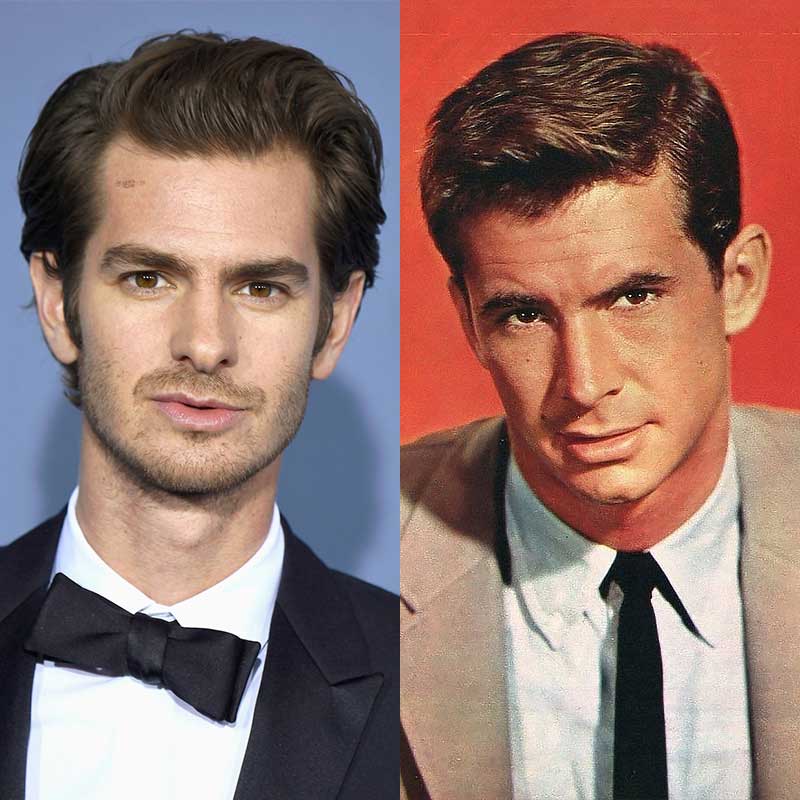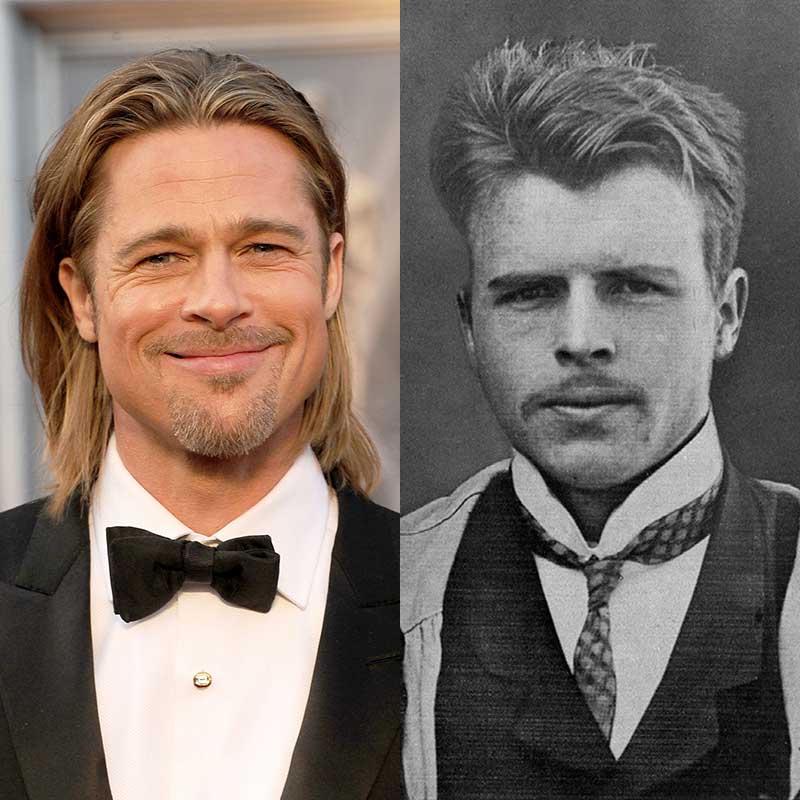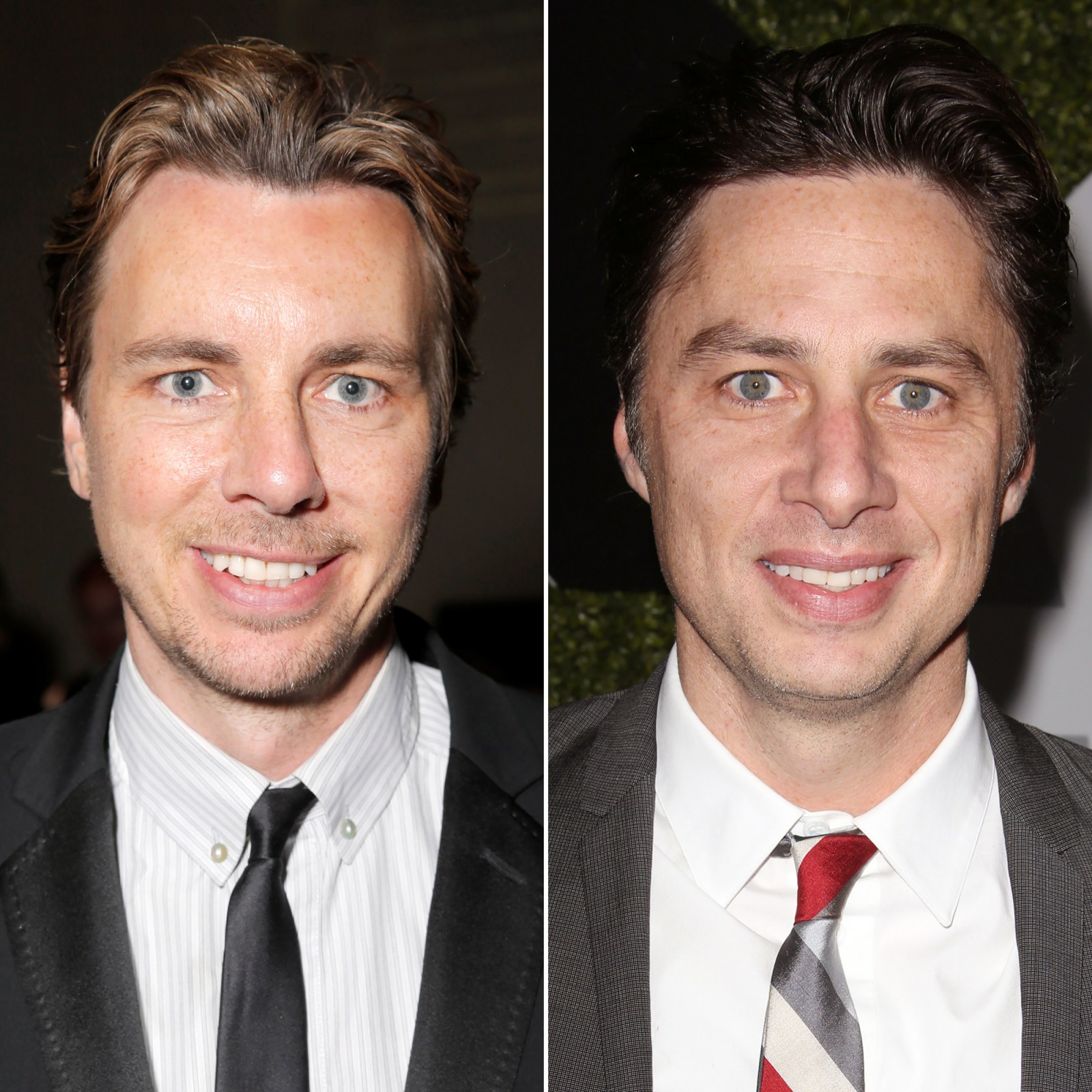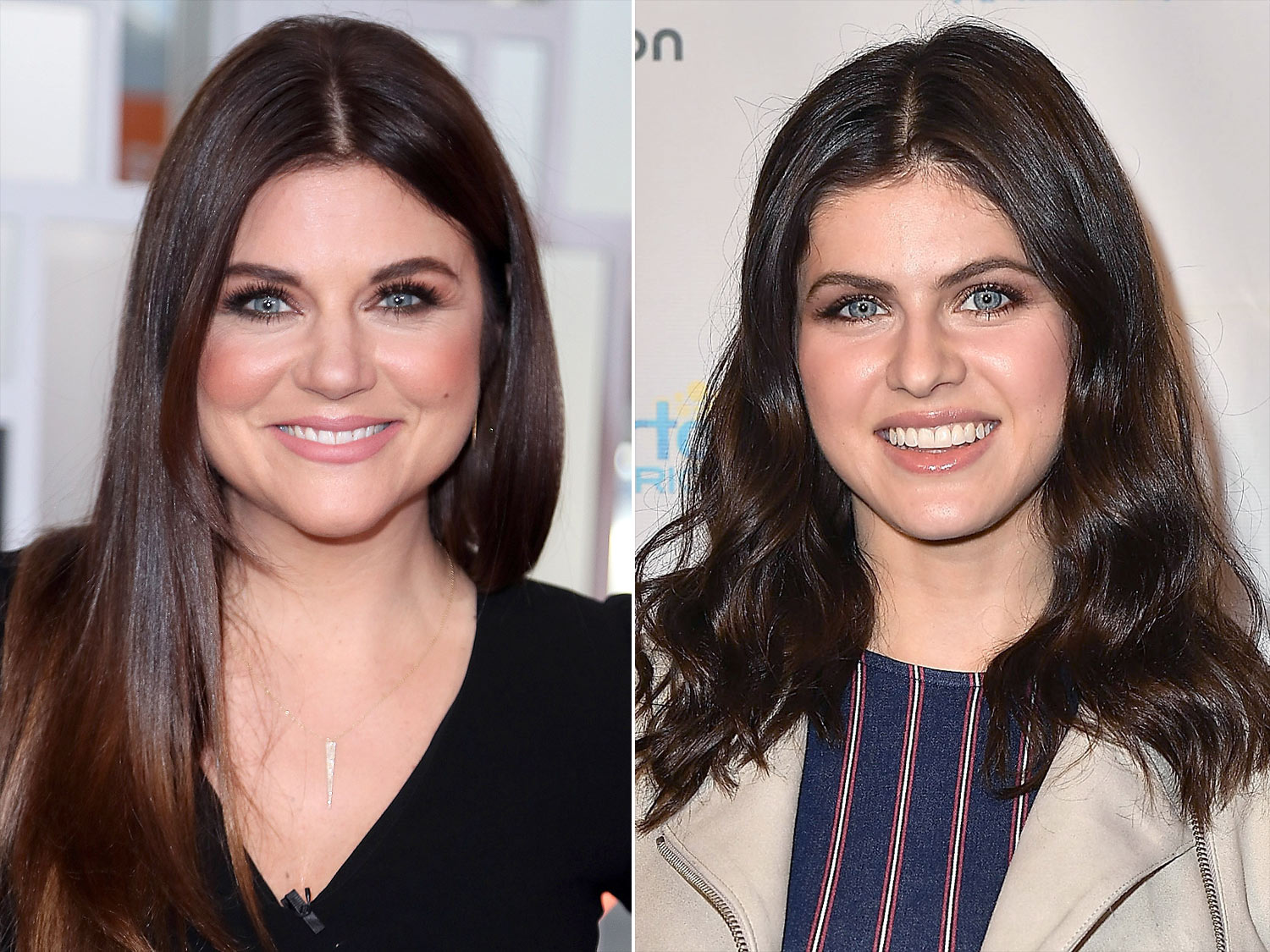The Curious Case of Celebrity Doppelgängers: Exploring the Fascination with Look-Alikes
Related Articles: The Curious Case of Celebrity Doppelgängers: Exploring the Fascination with Look-Alikes
Introduction
With great pleasure, we will explore the intriguing topic related to The Curious Case of Celebrity Doppelgängers: Exploring the Fascination with Look-Alikes. Let’s weave interesting information and offer fresh perspectives to the readers.
Table of Content
The Curious Case of Celebrity Doppelgängers: Exploring the Fascination with Look-Alikes

The phenomenon of celebrity look-alikes has captivated the public imagination for decades. From casual observations to viral internet sensations, the uncanny resemblance between individuals, often those in the public eye, sparks curiosity and amusement. This essay delves into the reasons behind this fascination, exploring the scientific, cultural, and psychological aspects of recognizing and celebrating doppelgängers, while examining the implications of this phenomenon on the perception of identity and fame.
The Science of Similarity: Genetics, Evolution, and Chance
The basis for physical resemblance lies in genetics. Humans share a common ancestor, leading to a pool of genetic variations that are passed down through generations. The intricate interplay of these variations, combined with environmental factors, determines an individual’s unique traits. While each person’s genetic makeup is distinct, certain combinations of genes can lead to striking similarities in facial features, body structure, and even mannerisms.
Evolutionary psychology offers an intriguing perspective on the significance of facial recognition. Our ability to quickly identify individuals, particularly those with similar features, is believed to have been crucial for survival in early human societies. Recognizing allies and potential threats based on facial cues allowed for more efficient social interactions and resource allocation.
However, the occurrence of seemingly identical individuals is often a matter of chance. The vast array of possible genetic combinations and the randomness of inheritance create the possibility of two individuals, unrelated by blood, sharing remarkably similar features. This statistical likelihood, coupled with the human tendency to seek patterns and connections, contributes to the fascination with look-alikes.
Cultural Influences: The Power of Perception and Representation
The concept of doppelgängers transcends scientific explanations and extends into the realm of cultural beliefs and narratives. Across various cultures, folklore and mythology have long featured stories of individuals encountering their "doubles," often with ominous implications. These narratives reflect the human fascination with the uncanny, the inexplicable, and the blurring of individual identity.
In contemporary culture, the rise of social media and the constant exposure to images of celebrities has amplified the phenomenon of look-alikes. The widespread sharing of photos and videos highlighting striking resemblances between individuals, often accompanied by humorous commentary, fuels the ongoing fascination. This cultural context has also led to the professionalization of "celebrity look-alike" services, with individuals capitalizing on their physical resemblance to famous personalities for entertainment, marketing, and even personal gain.
Psychological Implications: Identity, Fame, and the Search for Connection
The fascination with celebrity look-alikes can be understood through a psychological lens. Recognizing a striking resemblance to a famous individual can evoke a sense of connection and validation, particularly for those who admire or identify with the celebrity in question. It can also trigger a reflection on one’s own identity, prompting questions about individuality, self-perception, and the role of external influences in shaping our sense of self.
For celebrities, being recognized as having a look-alike can be both flattering and unsettling. While it can be seen as a testament to their enduring influence and cultural impact, it can also raise questions about the nature of fame and the extent to which one’s identity is defined by external perceptions.
Furthermore, the phenomenon of look-alikes highlights the human desire for connection and belonging. In a world increasingly defined by individualization and the pursuit of uniqueness, recognizing shared features with another individual, particularly a celebrated figure, can offer a sense of community and shared experience.
FAQs about Celebrity Look-Alikes:
Q: What is the scientific basis for celebrity look-alikes?
A: Resemblance arises from the complex interplay of genetics, inheritance, and environmental factors. While each individual’s genetic makeup is unique, certain combinations of genes can lead to striking similarities in physical features.
Q: Is it possible for two unrelated individuals to look identical?
A: While extremely rare, the vast number of possible genetic combinations and the randomness of inheritance create the possibility of two individuals sharing remarkably similar features, even if they are not related.
Q: Are there any documented cases of twins separated at birth looking strikingly similar?
A: Yes, there are documented cases of twins separated at birth who have been reunited later in life, exhibiting remarkable similarities in appearance, mannerisms, and even personality traits. These cases provide compelling evidence for the influence of genetics on both physical and behavioral characteristics.
Q: What are the ethical considerations surrounding the use of celebrity look-alikes?
A: The use of look-alikes can raise ethical concerns, particularly when it involves impersonation or commercial exploitation. It is important to ensure that the use of look-alikes is respectful, transparent, and does not infringe on the rights of the individuals involved.
Tips for Recognizing Celebrity Look-Alikes:
- Pay attention to facial features: Focus on the shape of the eyes, nose, mouth, and jawline, as well as the overall facial structure.
- Consider hair and body type: Look for similarities in hair color, texture, and style, as well as body build and stature.
- Observe mannerisms and expressions: Pay attention to how individuals move, gesture, and express themselves, as these can also contribute to a sense of resemblance.
- Be open to subjective interpretations: Resemblance is often subjective, and what one person sees as a striking resemblance may not be as apparent to another.
Conclusion: Embracing the Uncanny and Celebrating Individuality
The fascination with celebrity look-alikes is a testament to the human capacity for observation, pattern recognition, and the search for connection. While the phenomenon raises questions about identity, fame, and the nature of individual uniqueness, it also serves as a reminder of the shared human experience and the intricate tapestry of genetic inheritance that connects us all. As we continue to navigate a world increasingly defined by visual culture and social media, the fascination with doppelgängers is likely to persist, reminding us of the fascinating complexities of human appearance and the enduring power of perception.








Closure
Thus, we hope this article has provided valuable insights into The Curious Case of Celebrity Doppelgängers: Exploring the Fascination with Look-Alikes. We appreciate your attention to our article. See you in our next article!